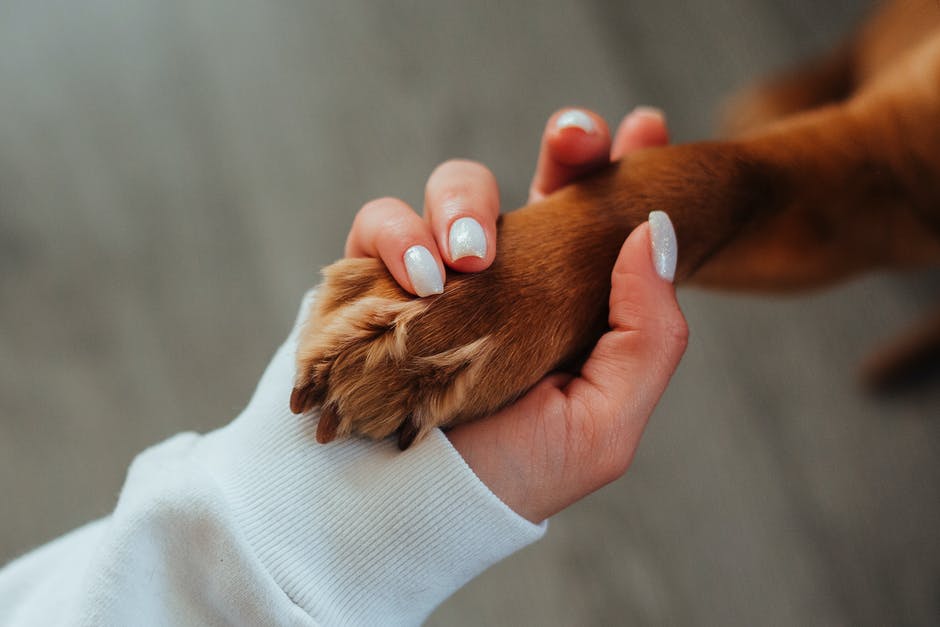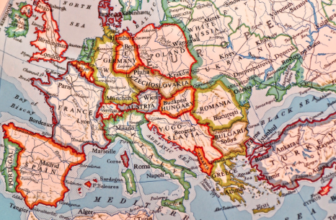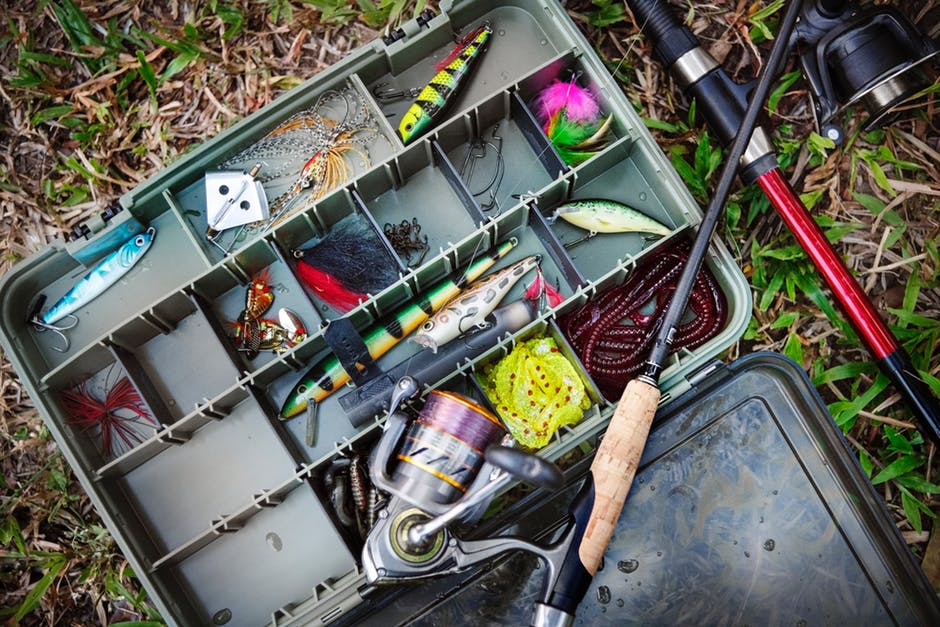
Does your dog have peeling skin on their feet? Do you wonder if it’s a medical condition or if they’ll be okay?
Though some dogs like to give themselves a foot peel occasionally, it can be quite alarming when it happens frequently. Wondering what could be causing dog paws peeling?
Let’s cover the causes and remedies to get your pup back to their normal selves.
Allergies
Allergic reactions can range from short-term rash or hives, to chronic itchy and inflamed skin. Allergens can be present in food, the environment, or even come from materials directly in contact with the skin such as bedding.
To prevent allergies, limiting your dog’s exposure to allergens like pollen, smoke, and dust is essential. It is also important to ensure your dog’s diet is free of chemical additives, preservatives, and artificial flavors.
Washing your dog’s bedding and feet regularly and avoiding contact with harsh cleaning products or other skin irritants is critical for protecting their paws from peeling. Regular visits to the vet for allergy testing can also help manage symptoms and keep allergen exposure to a minimum.
Diseases
Dog paw peeling can be caused by a wide variety of diseases. One of the most common is a bacterial infection, which bacteria or viruses can cause.
Parasites, such as mites, can also cause paw peeling. It is important to recognize the underlying cause of the peeling, as some diseases may require medical treatment.
Keep your dog’s feet clean, dry, and debris-free to prevent paw peeling. Limit their exposure to chemicals, such as those found in deicer or fertilizer.
Regularly inspect and trim their toenails. Keep them on a leash and avoid walking them on hot surfaces if possible. Make sure to use a proper moisturizing paw cream once a week.
Good nutrition and proper overall care can also help to keep their paws healthy. In cases of extreme paw peeling, it is best to consult a vet.
Dry Paws
Dry paws are a common issue for many dog owners. Typically, the cause of dry paws is a lack of moisture in the skin. This can be the result of frequent outdoor exposure to the elements, including cold and wet weather.
Environmental allergens, such as mold and pollen, can also contribute. Poor nutrition can lead to dry and cracked paws. Additionally, changes in weather or diet can also be a factor.
To help prevent dry paws you should inspect the paws consistently. Provide a humid environment to your pup so the pads will stay well hydrated, trim long hair when necessary, and make sure your pup always wears shoes when walking outdoors.
To help get rid of existing dry paws you can try using ointments, powders, moisturizers and paw CBD that can restore the pads back to their natural, healthy state. If these treatments don’t relieve the issue, it’s always a good idea to take your pup to the vet for a professional opinion.
Excessive Licking
When dogs excessively lick their paws, it can create a wet environment that is the perfect place for bacteria or fungus to grow. This can cause bacterial or fungal skin infections, as well as inflammation in the paws, leading to peeling and cracking of the skin.
Moreover, when dogs excessively lick their paws, it can decrease protective oils on their feet, leading to dry and cracked skin. To prevent excessive licking of the paws, regularly trim the claws and make sure your dog’s nails are not too long.
Additionally, clean the paws after walks, keep the space around your pup clean, and carefully inspect his paws for signs of infection.
Insect Bites and Stings
Insect bites and stings can irritate the skin, leading to peeling and discomfort. In some cases, the bites can cause an allergic reaction, which can cause the skin to break out in a rash and peel off.
Some signs of possible insect bites and stings include redness, swelling, or an itchy or painful sensation. To prevent insect bites and stings, it is important to keep your dog away from areas where there are known to be pests and to regularly check your dog for any signs of irritation or discomfort.
Additionally, you should also practice routine grooming and flea control to reduce the chances of an infestation. If your dog is already suffering from peeling, it is important to take him to the vet as soon as possible.
Normal Wear And Tear
Normal wear and tear can lead to your dog’s paw pads peeling and cracking. It is crucial to keep an eye out on your dog’s paws for any signs of distress or changes in its skin.
Sunburn and abrasions, due to exposure to rough terrain or hot pavement, are common causes of dog paw pad peeling. As a dog parent, you should apply a paw balm regularly to help protect your feet.
Limiting their time spent on hot, rough surfaces, such as asphalt, can help keep their paws moisturized. A good rule of thumb is to avoid having your dog stay out in the hot sun and on hot pavement for too long.
If your dog typically enjoys going outside for long walks and playing in your yard, make sure to check their paws regularly for any irritation, as it can help prevent larger issues from developing.
Injury From Sharp Objects
Dogs often run around and explore their environment, bringing them in contact with all sorts of hazards, such as thorns, splinters, or sharp stones. Many sharp objects can be small and hidden, making them hard to detect.
With repeated contact, the sharp object can cut or damage part of a paw, leading to peeling. To prevent these injuries, owners should choose walk routes with fewer obstacles and inspect their paws after walks.
Additionally, paw balm or wax can be used to help condition paws and make them more resistant to cuts or damage. Owners can also use protective footwear, such as boots, to defend their paws against sharp objects and provide extra grip.
Be Alert When Dog Paws Peeling Appear
Dog paws peeling can indicate something wrong and should not be ignored. One should be aware of potential causes such as allergens and skin infections to prevent them.
Keeping an eye out for potential skin irritants and allergens should help prevent your dog from developing peeling paws. If you are uncertain or concerned about what is causing your dog’s peeling paws please consult a veterinarian.
Check out our other blog posts for more interesting articles.





